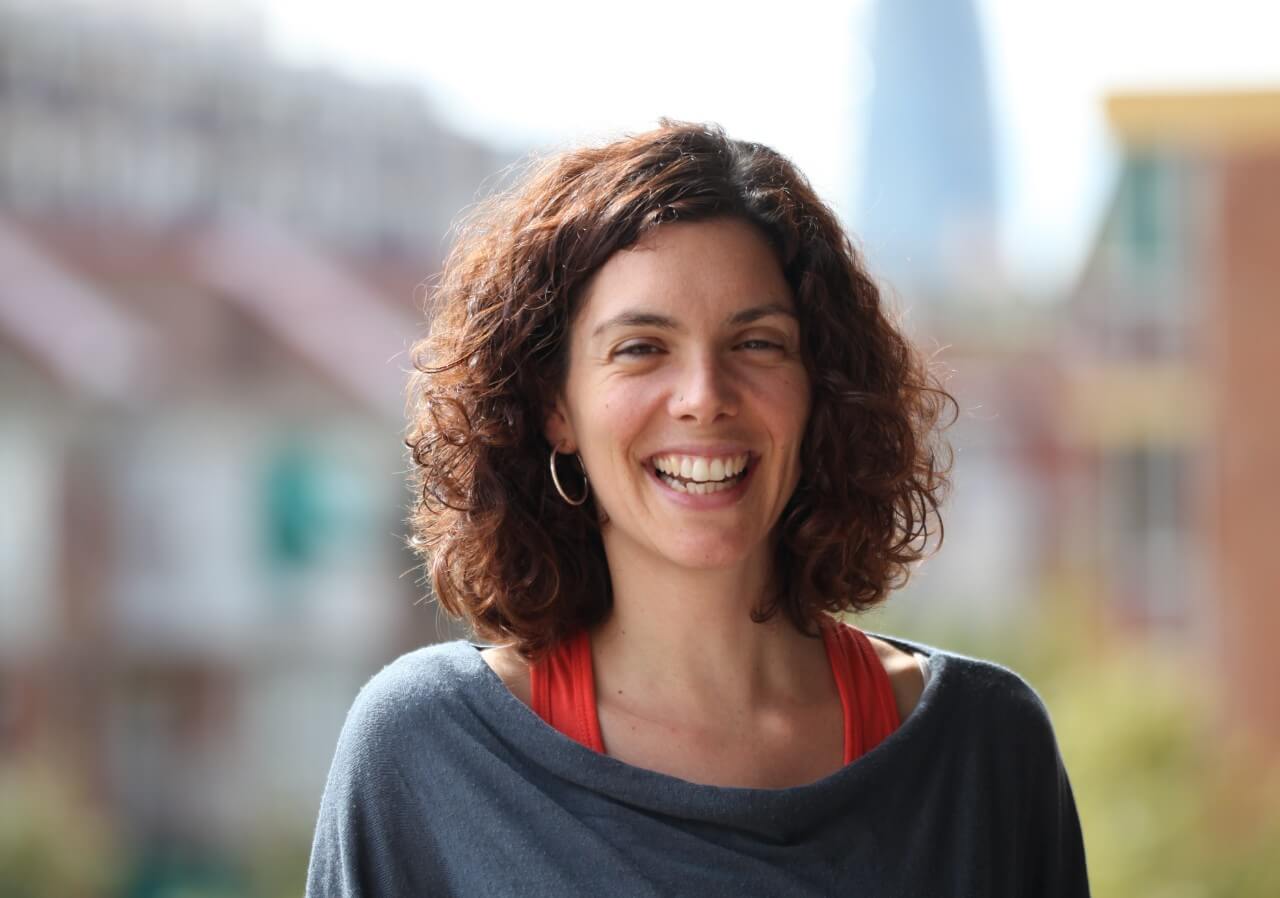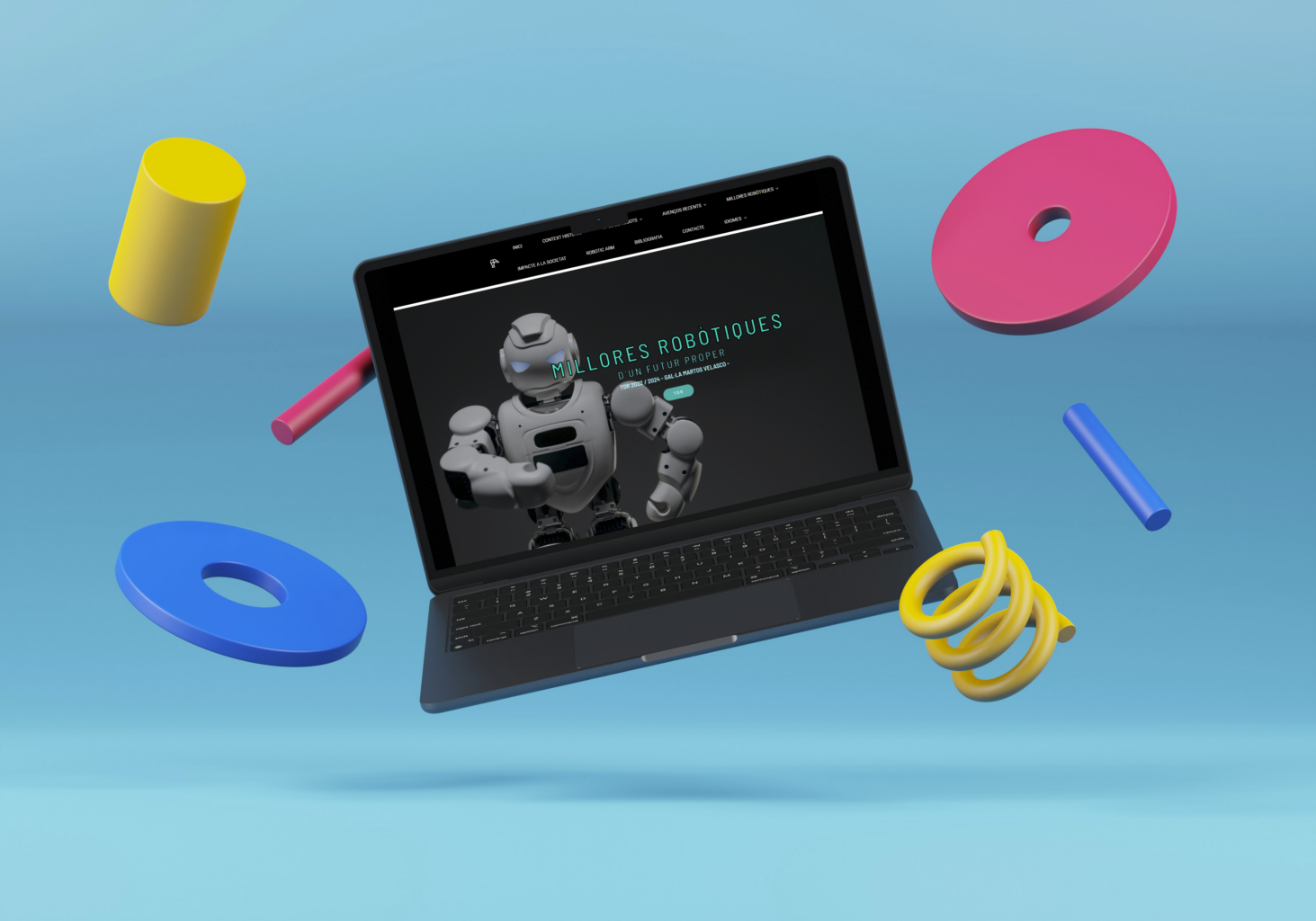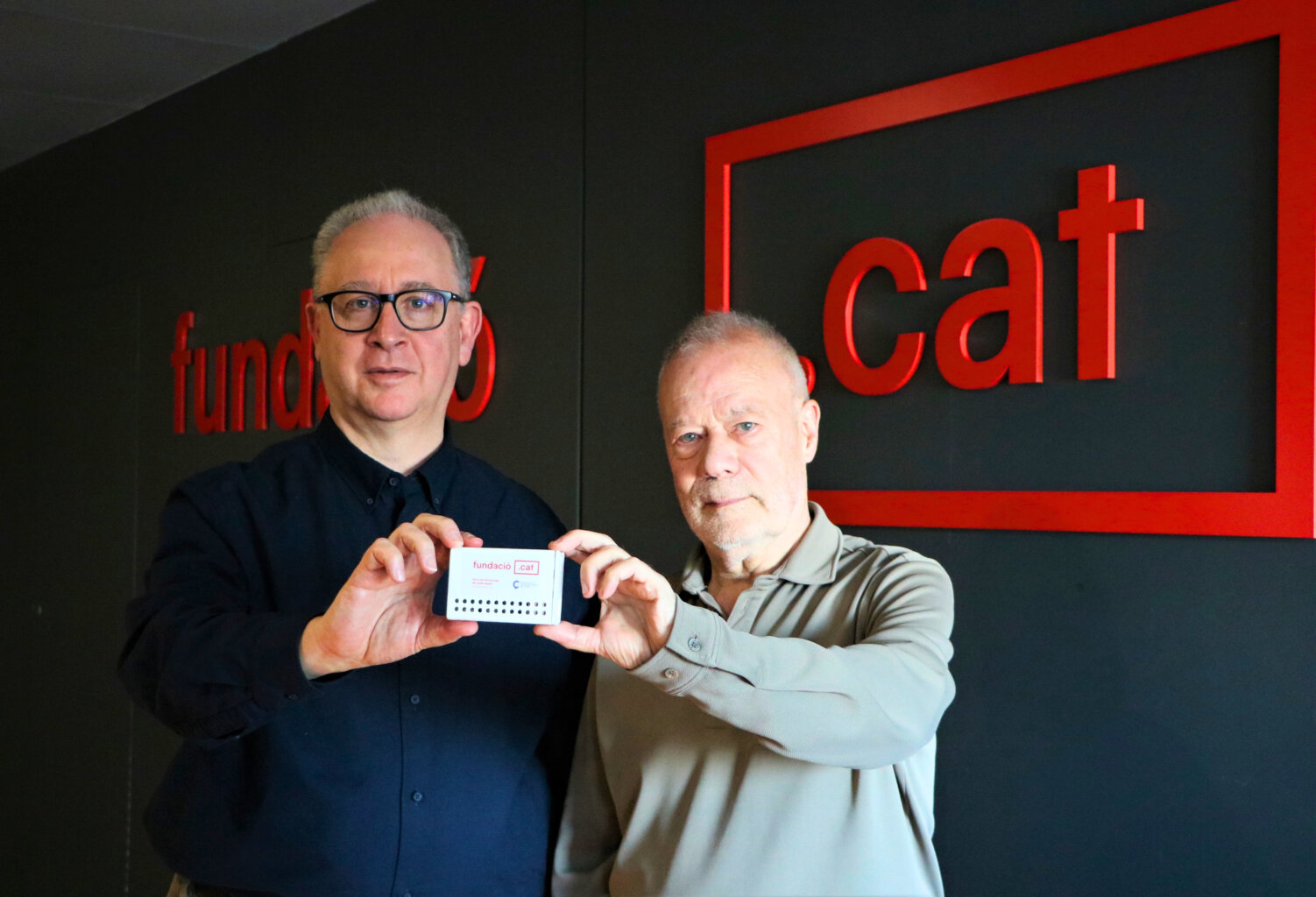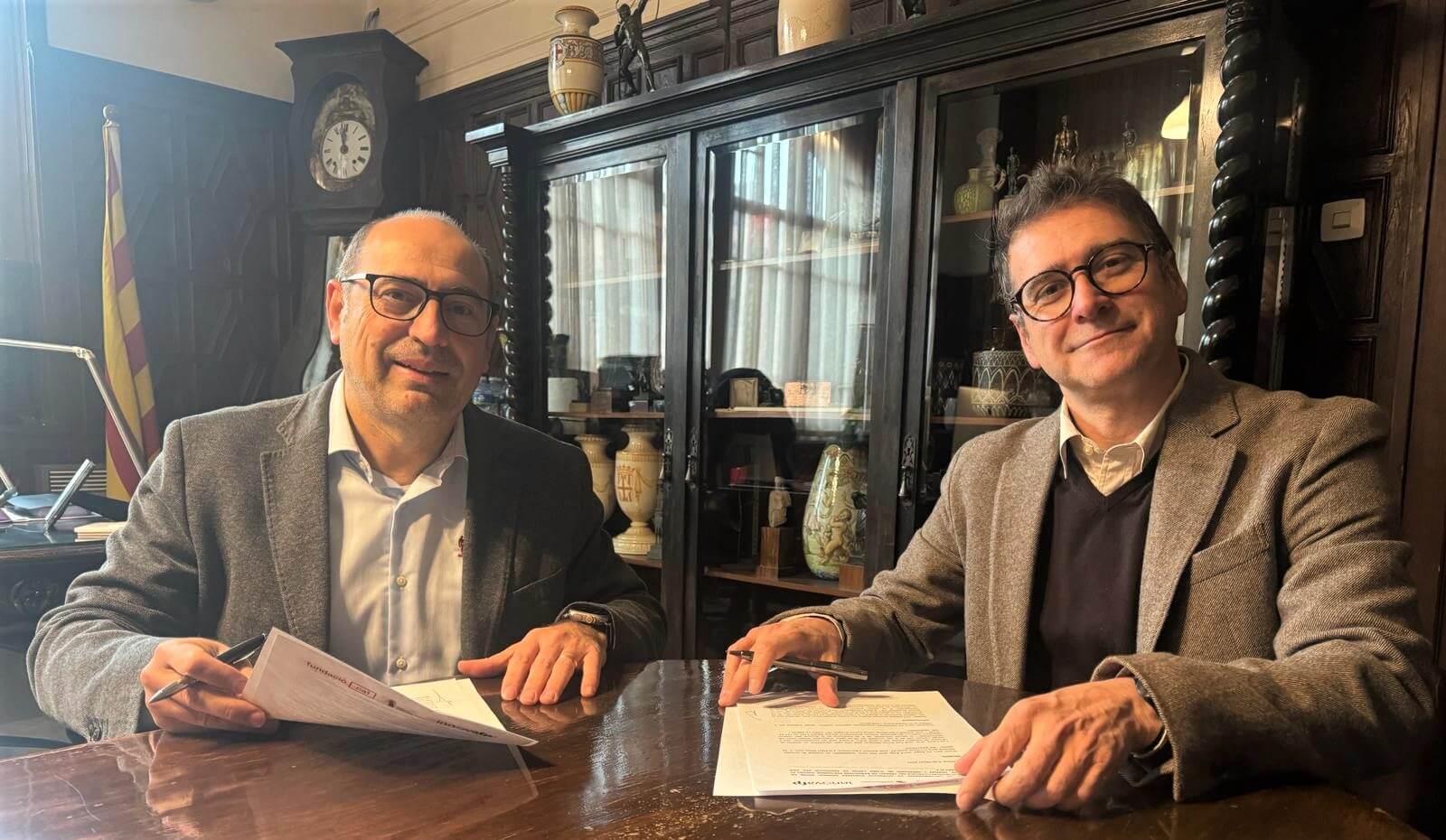Liliana Arroyo: “Innovation doesn’t just involve adding a button or a smartboard”

Liliana Arroyo Moliner is a doctor of sociology and specialises in digital social innovation. She is currently a professor and researcher at the ESADE Institute of Social Innovation.
What does innovation mean and what doesn’t it mean?
No innovation is determined merely by applying a technology or a device. Innovation means properly identifying the problems and trying to respond to them. And it’s important to remember that the response is not a device, but knowing the change we want to make. Under no circumstances can adding a button, a smartboard, an app or using Kahoot be considered innovation in itself, if it doesn’t involve cooperation among students or making them see the reality in another way. But, as a sociologist, I always insist: when we apply some kind of innovation, we must consider who we are including and who we are leaving out.
You mean the digital divide?
For example, in the case of schools, we should ask ourselves if all students have electronic devices or the same capacity to use them. What we’re seeing now is that the digital divide does not so much involve access to the device, but the capacity to use this technology responsibly. It’s not so much a lack of access as a lack of knowledge and skills to use it. This clearly shows the difference between kids from families with few resources, homes that for whatever reason don’t have the cognitive, cultural or financial capacity to support their children in their knowledge of technology.
Does access to science, technology, engineering and mathematics, or STEM, also act as a divide?
Of course. Furthermore, there’s a rather significant gender-based divide here. We are seeing that it is rather difficult to arouse a scientific vocation in girls. The way in which the narrative around STEMs is discussed and presented, where I would also add the ‘A’ referring to arts (STEAM), is not at all attractive to girls. It focuses a lot on the “thing”. Girls are generally linked to professions that they believe have meaning, that solve some kind of social problem. So, here there are two types of school: most see technology as a means to an end, but others see it as an instrument to meet certain goals.
And the schools? Do they also determine divides?
There are state-run and private schools, where kids can take part in international competitions, such as the Lego League or Technovation Challenge, to arouse vocations in girls … But this doesn’t depend so much on the schools as on the professionals you have. Some motivated professionals look for projects beyond the mandatory curriculum, who generally work in private or semi-private schools. There is a whole series of schools that are starting to take part, involving their students in international competitions, but they always depend on the existence of a teacher in every school who is willing to spend their free time and energy on involving their students with these initiatives. I do think that there is an increasing difference between the options students can sign up for and the options that are actually offered. The bias here involves class, as these initiatives are most commonplace in semi-private schools. Then, there is the gender bias: as I’ve already said, girls are discouraged from studying STEM.
So, teacher training is important.
Our teaching staff is ageing and not up to date. This is another problem. Generational renewal is required to bring all that to the classroom. It’s possible to have very motivated teachers and very different teaching proposals, such as those of Escola Nova 21, and then schools that are operating in exactly the same way as they did in the 80s. And a significant part here has to do not only with the regulation, but also with the teaching staff and the enthusiasm of the professionals to update their training every year.
But isn’t the fact that, just because you’re younger you’ll be more inclined to introduce teaching innovation, something of a myth?
Yes, I think the age factor has a distinguishing point: it’s obvious that some people progress and update their training due to certain individual interest. But if you think of somebody who is 60 years and will be retiring in five years’ time, and believes that they personally don’t want to accept the challenge, then it could be said that age matters.
Is the entrepreneurial ecosystem around a school a determining factor?
Although it’s true that Barcelona is now a hub for technological innovation, it’s possible to take part remotely in many of the challenges we’ve discussed. It’s not so much a case of what you have physically to hand as the way you look at the world. If you tell the kids taking part in a project that the prize is a trip to Silicon Valley, you’re giving them the chance to go somewhere that occupies a very specific space in their imagination. I don’t initially think that there is a direct relationship between physical proximity and the incentive for innovation. It might have an influence, but it’s not a determining factor. The possibility of being involved in projects within the framework of teaching innovation does not depend so much on an on-site visit or on meeting entrepreneurs in the street as it does taking part in an international, global ecosystem that is available online.
Do you know any examples of this?
There’s an initiative called Technovision Challenge, in which girls from around the world take part in teams of four people, who are asked to identify a social problem in their environment and develop an app to provide solutions. This challenge works worldwide or in one country. For example, as part of the online jury, I’ve reviewed proposals from Kenia, Indonesia and Latin America. Actually, digitally speaking, location is not as important as being connected with groups that support innovation.
To what point does the existence of online gaming communities or certain apps help their users find a calling in the field of new technologies?
I don’t know how much being a Tik Tok user or a gamer makes you more competent. As I said before, the divide is not so much in access as in the capacity to understand what you’re doing on the internet. Those born in the late 90s are comfortable in the digital environment. But, as a child, I might know that I can turn a light on or off by pressing a button, but I have no idea how the electrical circuit works. I only capture the stimulus and the reaction. The same occurs with the internet, which is why it is important to separate the app from one’s knowledge of it.


